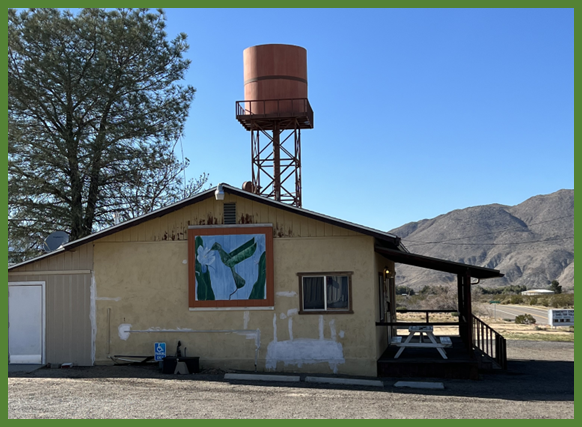 Project Title
Project Title
Virtual Power Plant Project
Project Number DR21SDGE0002 Organization SDG&E End-use HVAC, Other, Plug Load End-use Other Battery Storage Systems Sector Commercial, Residential Project Year(s) 2021 - 2023As part of their Sustainability Strategy and commitment to reach net zero greenhouse gas (GHG) emissions by 2045, SDG&E launched a Virtual Power Plant (VPP) Project in 2021. The VPP was an initiative to strengthen community resilience and electric reliability in the unincorporated community of Shelter Valley in East San Diego County. This project took place about 12 miles east of Julian in the desert plains. The Shelter Valley community is prone to outages and public safety power shutoff (PSPS) events as they are at the end of the Julian transmission line.
The goal of this study was to test the real-world impact of behind the meter (BTM) distributed energy resources (DER) on the SDG&E grid system in a traditionally hard-to-reach community. Data analysis and observation from this project will inform future VPP endeavors necessary to meet SDG&E’s sustainability goals and to inform ongoing strategies for BTM resource management.
A VPP is a network of privately-owned or community DERs all interconnected and operating together to provide reliable power 24 hours a day. The DERs in this project include residential and commercial rooftop solar systems and battery energy storage systems (BESS) with smart load controllers such as well pump controllers, and smart thermostats which can be used by SDG&E to deliver electricity to the grid during periods of increased electricity demand.
SDG&E and AESC initiated this project by recruiting SDG&E customer participants located in the unincorporated community of Shelter Valley in East San Diego County. Shelter Valley is a traditionally hard-to-reach community based on its geographical isolation and demographics. Participating customers received no-cost energy efficient equipment such as smart thermostats, smart load controllers and/or a BESS. After the equipment installation, all the devices were integrated on a common platform and dispatched to test two use cases: peak load reduction (shed) and grid response (grid support).
